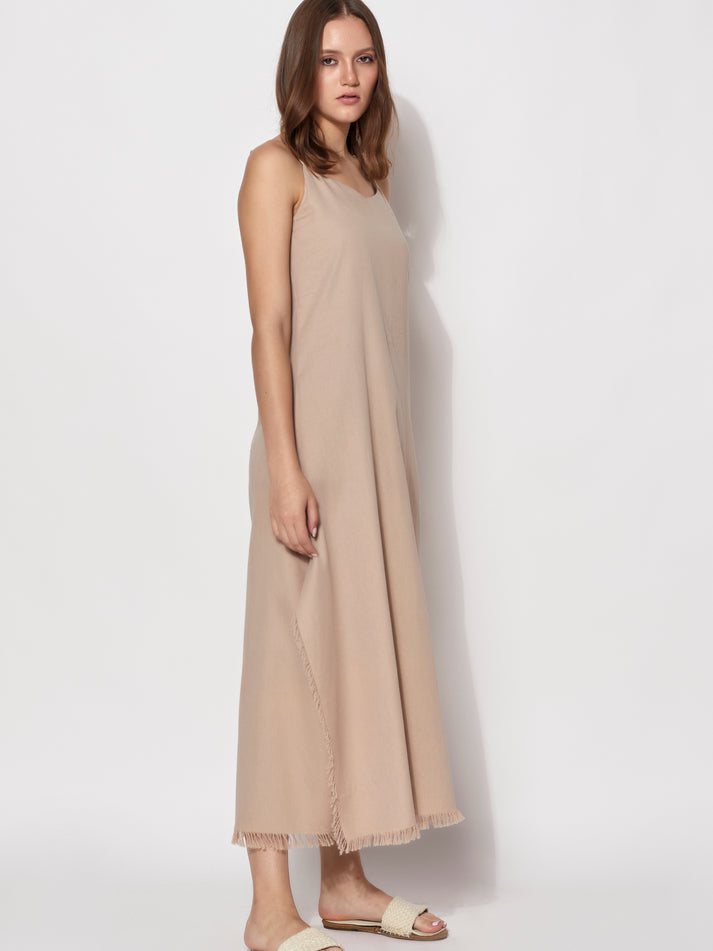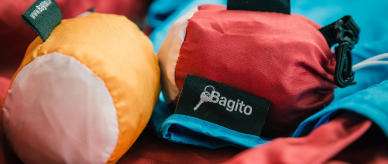In the dizzying whirl of modern life, the apparel that adorns our bodies often becomes an afterthought, a fleeting decision made in the early morning hours. Yet, behind the tag on every garment, there is a story - one that often goes untold.
From the mines where raw materials are extracted, to the factories where fabrics are spun and clothes are stitched, every step leaves an imprint on our world. Unfortunately, that imprint often includes overconsumption, environmental degradation, and exploitation of workers. However, each of us has the power to drive change in the fashion industry by making informed and ethical shopping choices.
Embarking on this journey may seem overwhelming at first. After all, where do you start in a world bursting at the seams with options? Fret not, this comprehensive guide aims to equip you with the tools and knowledge you need to navigate the labyrinth of sustainable shopping.
Recognizing Genuine Sustainable Brands
The first step to ethical shopping is understanding what genuine sustainability looks like in the fashion industry. This can be tricky. In an era of green buzzwords, brands are quick to promote their eco-credentials, often creating a facade of sustainability that masks less-than-ethical practices – a process known as 'greenwashing'.
When attempting to cut through this murky marketing haze, consider these tips:
- Transparency is Key: Seek out brands that are open about their manufacturing processes. Companies that willingly disclose their suppliers, production methods, and overall supply chain operations demonstrate a commitment to ethical practices. A brand's willingness to let customers peer behind the curtain is a promising sign of sustainability.
- Sustainable Materials Matter: Prioritize brands that utilize eco-friendly fabrics like hemp, Tencel, linen, bamboo, organic wool, or pineapple leather. These materials are not only gentler on the planet during production, but they also decompose more readily at the end of their lifecycle, unlike synthetic fibers like polyester that linger in the environment.
- The Dyeing Process: Dyes give our clothes their vibrant colors and patterns, yet the process often pollutes our waterways with toxic chemicals. Opt for brands that use natural or low-impact dyes and steer clear of those that contribute to environmental harm.
- Eco-friendly Packaging: Packaging is an extension of a brand's commitment to sustainability. Companies that utilize recyclable, biodegradable, or minimal packaging show that they consider the environmental impact of all aspects of their business.
- Social Responsibility: A truly sustainable brand supports their local communities and engages in charitable activities. Look for those that demonstrate a commitment to making a positive social impact.
- Fair Working Conditions: Ethical brands respect their workers' rights and are committed to providing fair wages and safe working conditions. Avoid brands that exploit workers in the pursuit of profit.
- Look for Certifications: Sustainable fashion certifications, such as Fair Trade, GoodWeave, and Certified B Corporation, can help you identify brands that are committed to ethical and sustainable practices. These certifications are awarded by independent organizations that verify a brand's claims of sustainability.
The task of finding truly ethical brands can seem daunting, considering the time it takes to research and evaluate each company’s practices from sourcing to final packaging. However, Verte Mode has taken on this responsibility for you. Our team uses hundreds of data points, carefully evaluating every step of the supply chain of potential brands we partner with. Each brand's sourcing practices, labor conditions, production methods, and packaging are thoroughly examined by our dedicated analysts.
At Verte Mode, we ensure that all our associated brands meet the highest standards of ethical and sustainable practices. Not only do we look for brands using renewable resources and sustainable production methods, but we also pay particular attention to the packaging materials they use. We firmly stand behind brands that use sustainable packaging materials and those who have implemented innovative, eco-friendly solutions such as reusable, refillable, and take-back programs.
APÉRO BETTIE SKIRT - YELLOW DAMIER – Verte Mode

Floral Bralette Wrap Top – Verte Mode

High Necked Cropped Sweater – Verte Mode

Organic Cotton Fitted Ribbed Polo – Verte Mode

Paneros Sasha Knitted Dress Espresso Brown – Verte Mode

In essence, when you shop with Verte Mode, you can rest assured that you're supporting businesses that place a high value on both the environment and ethical labor practices. We have done the heavy lifting of verifying the ethical and sustainability credentials so that you can shop with confidence and ease, knowing that each purchase contributes positively towards the world. With Verte Mode, ethical shopping becomes an effortless part of your lifestyle.
Practical Shopping Habits for Sustainable Consumption
- Quality over Quantity: Check the composition of the clothing—natural materials like organic cotton, hemp, and linen often last longer than synthetic ones. Additionally, garments with reinforced stitching and solid construction are good indicators of longevity. A tip here is to always read care labels: these instructions are designed to help you maintain the garment’s integrity for as long as possible.
- Need-Based Shopping: An actionable tip for need-based shopping is the '30 wear rule'. If you can’t see yourself wearing an item at least 30 times, it's probably not a need. Plan your wardrobe for the upcoming season to identify gaps and make a list before you go shopping. There are several apps like Good On You and DoneGood that help you find ethical brands to fulfill your clothing needs.
- Capsule Wardrobe: Start by identifying staple items that fit your lifestyle and can be worn in multiple ways. For example, a classic white shirt, a pair of well-fitting jeans, a black dress, and a sturdy pair of boots are versatile and timeless. The Project 333 challenge, where you dress with 33 items or less for 3 months, is a great way to try out a capsule wardrobe.
- Second-Hand Shopping: Visit local thrift stores or explore online platforms like ThredUp, Depop, or Poshmark. Garage sales and vintage shops are also worth a visit. Remember, vintage and pre-loved items not only save you money but also reduce demand for new products.
Sustainable Organic Gaia Asymmetric Fringed Dress – Verte Mode

Organic Cotton Denim Maxi Skirt - Black – Verte Mode

Tiishatsu Hand Knitted T-Shirt – Verte Mode

Organic Swing Dress – Verte Mode

Recycling, Repairing, and Repurposing Your Clothes
- Careful Laundering: Reduce your wash cycle frequency. Clothes like jeans and sweaters often don’t need to be washed after each wear. When you do wash, ensure you're using a full load to maximize water efficiency. Guppyfriend washing bags can be used to reduce microplastic pollution from synthetic clothes.
- Repair and Mend: Invest in a basic sewing kit and learn simple repairs. YouTube is full of tutorials for beginners. If a piece needs professional attention, find a local tailor. Some brands, like Patagonia, offer repair services for their products.
- Repurpose Old Clothes: Pinterest is a goldmine of DIY ideas for upcycling clothes. Old t-shirts can be turned into reusable shopping bags or even braided into rugs. Unwearable clothes can be cut into squares and sewn into a patchwork blanket.
- Recycle Responsibly: Check if your local council offers textile recycling. Stores like H&M have garment collecting boxes where you can drop off unwanted clothes, and they get recycled into new products.
Making the switch to ethical shopping practices is not an overnight process. It requires conscious decision-making and a genuine commitment to supporting sustainable practices. By following the guidelines outlined above, you can embark on a journey of responsible consumption, actively contributing to a more sustainable and equitable fashion industry. Each time you choose quality over quantity, shop based on needs, build a capsule wardrobe, purchase second-hand, or extend the lifecycle of your clothing, you make a positive impact. It's time to let your shopping habits tell a story of change and positive transformation.













